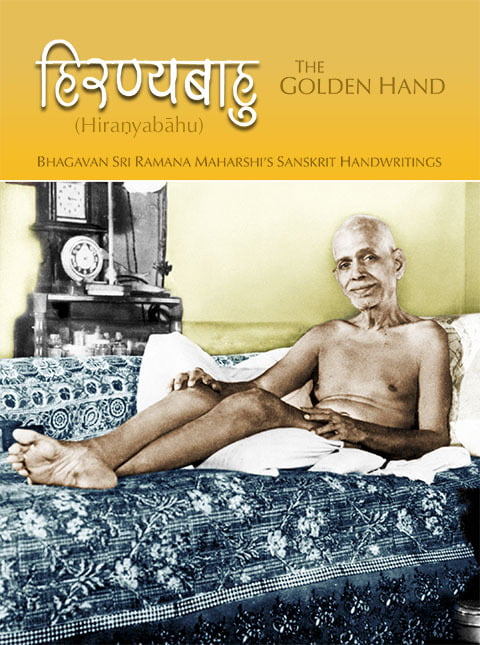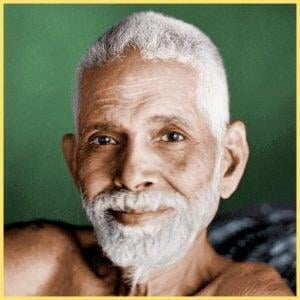
Hiranyabahu (Sanskrit)
Bhagavān Ramaṇa Maharshi was frugal and was loath to waste anything, seeing all resources as the gift of the divine and deserving of respect. Once He said to Suri Nagamma, a devotee, “Whenever anyone asked me, I used to write verses on small bits of paper. They used to take them away. If all of them were here, there would by now have been quite a lot. I wrote many more while I was on the hill and who had the desire or patience to preserve them!” … Later when Nagamma gave four good sheets of paper and suggested that Bhagavān should use them for His writings, Bhagavān said, “Why do I need it? I shall tear bits from the newspapers and write on them.”
At the request of devotees Bhagavān used to copy, in their notebooks, many works of His and others. At times, He prepared exclusive notebooks for a single work in multiple language scripts. There are thousands of pages written in colour papers, in pencil and pen in black, blue and red colours. Sometimes Bhagavān used to give an artistic touch with designs. Many papers in multiple languages were copied and then stitched together by Bhagavān as a notebook.
The first manuscript around the year 1900, copied and stitched by Bhagavān for His elderly attendant Palani Swami in Malayalam, contains the Sanskrit works of Adi Sankara, such as Dakṣiṇāmūrti Stotram, ātma ṣaṭkam and Pañcakam, Vijñāna Naukā, Ātma-bōdha, Mahā Vākyārtham, Vākya Sudhā, Kaupīna Pañcakaṁ and Aparokṣānubhūti etc. Many Sanskrit works on Bhagavān by devotees such as Ramaṇa Ashtottara Sata Maṇi Mālā, Ramaṇa Stuti and Stava, Nava-ratna Mālika, Puṣpāñjali Gītaṃ, Ramaṇa Śatakam, etc., were copied by Bhagavān in Malayalam script.
Ancient scriptures are generally found in Devanāgarī and Grantha scripts and Bhagavān copied a few of His Tamil and Telugu works also in these two scripts. Many of His works were copied by Him innumerable times, at the request of devotees on different occasions. They are multiple translations and transliterations and in the past few decades, a few devotees who were in possession of such manuscripts, gave them to the Ashram for preservation.
In the present compilation process into book form, it became necessary to avoid repetitions, draft versions and the faded writings of Bhagavān. Page numbers and scribbling in page borders, have been removed to save space in page setting and for uniformity. A few writings of Bhagavān are either enlarged or shrunk slightly, to fit them into uniform size. Decorations and page borders in different colours drawn by Bhagavān are generally left out.
For convenience, this compilation is divided into two parts. Part one contains mainly the the Glory of Aruṇācala from ancient purāṇas such as Skanda - Mahā Purāṇam and the Upa-Purāṇam, Śiva Mahā Purāṇam, Śiva Bhakta Vilāsam etc. Part two contains Bhagavān’s and others’ Sanskrit compositions apart from many collection of His handwriting. As the second part is a collection of various sizes of papers, it has become necessary to place many of the images of His writings to landscape format as against the normal portrait format. However all these are placed in the last 150 pages to keep uniformity.
The other three compilation of Bhagavān’s handwritings in Telugu, Tamil and Malayalam languages contains hundreds of His photographs, but in this compilation, it has become necessary to avoid the photographs as His handwritings alone exceeds 650 pages.

